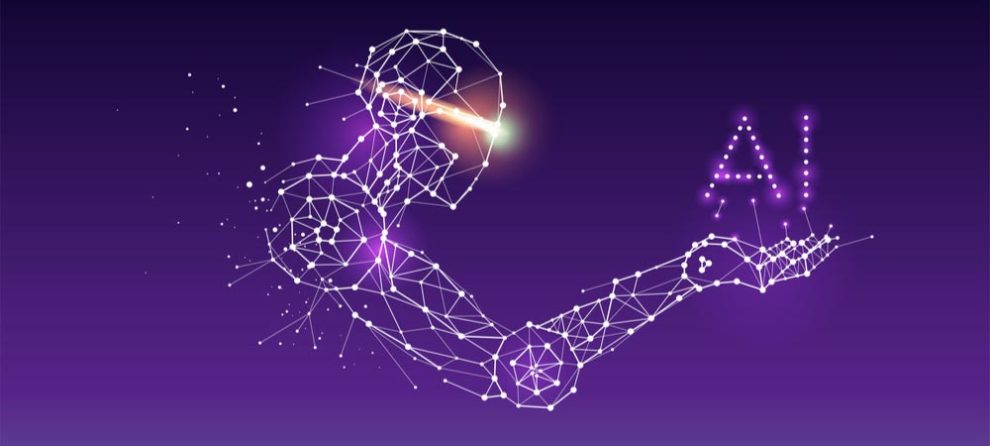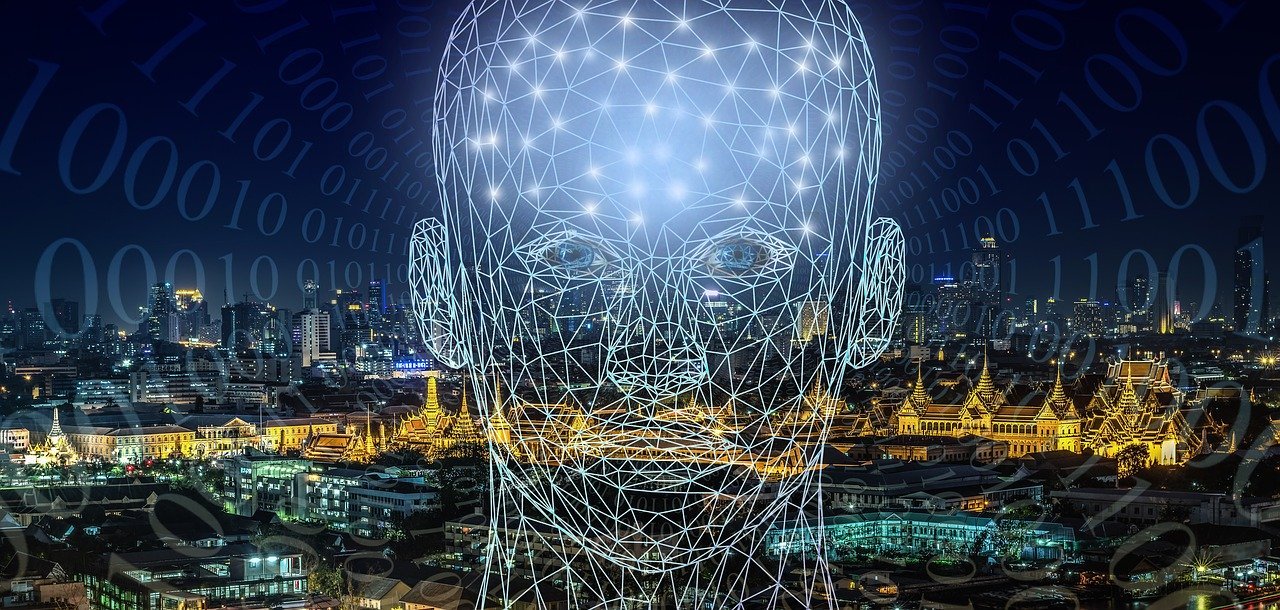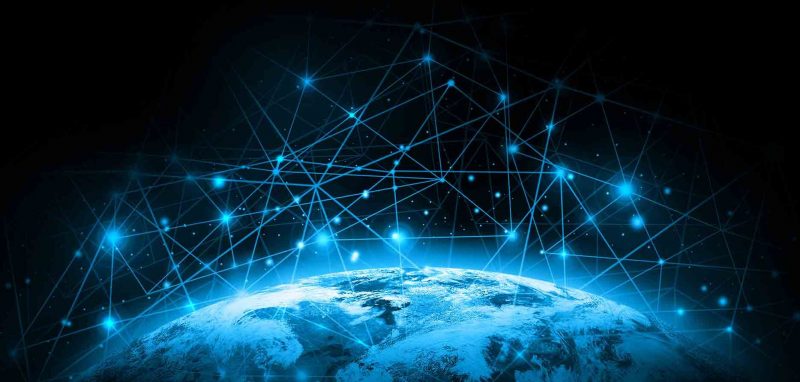7 Artificial intelligence trends for 2020
This year of 2020 is shaping up to be an exciting year for Artificial Intelligence development.
Artificial intelligence offers great potential and, for some, risks to humans in the future. While still in its infancy, it is being employed in some interesting ways.
Here we explore some of the top Artificial Intelligence trends predicted by experts in the field. If correct 2020 should see some very exciting developments.
What are the next big technologies?
According to sources like Forbes , some of the next “big things” in technology include, but are not limited to:
- Blockchain
- Blockchain as a service
- AI-driven automation
- Machine learning
- Enterprise content management
- AI for the back office
- Quantum computing artificial intelligence applications
- Integrated IoT

What are some of the most exciting Artificial Intelligence trends?
According to sources like The Next Web , some of the top AI trends for 2020 include:
- AI will make healthcare more accurate and less expensive
- Explainability and confidence will receive more attention
- AI will become less data hungry
- Improved accuracy and efficiency of neural networks
- Automated AI development
- AI in manufacturing
- The geopolitical implications of AI
What Artificial Intelligence trends should you see in 2020?
1. Computer Graphics will benefit greatly from AI
A trend to watch out for in 2020 will be advances in the use of AI in computer-generated graphics. This is especially true for more photorealistic effects, such as creating hi-fi environments, vehicles, and characters in movies and games.
Recreating a realistic copy of metal on screen, the dull sheen of wood or grape skin is often a time-consuming process. It also tends to need a lot of experience and patience for a human artist.
Several researchers are already developing new methods to help AI do the heavy lifting. NVIDIA , for example, has already been working on this for several years.
They are using AI to improve things like ray tracing and rasterization to create a cheaper and faster method of rendering hyper-realistic graphics in computer games.
Other researchers in Vienna are also working on methods to partially or fully automate the process under the supervision of an artist. Using neural networks and machine learning to receive directions from a creator to generate sample images for approval.
2. Deepfakes will only improve
Deepfakes is another area that has undergone massive advancement in recent years. 2019 saw a lot of deep, thankfully humorous fakes go viral on many social media.
But this technology will only get more sophisticated over time. This opens the door to some very troubling repercussions for damaging or destroying people’s reputations in the real world.
With deepfakes increasingly difficult to distinguish from a real recording, how will we know if they will fake or not in the future? This is very important since deep fakes can easily be used to spread misleading political information, corporate sabotage, or even cyberbullying.
Google and Facebook have been trying to overcome this by releasing thousands of fake videos to teach AIs how to spot them. Unfortunately, it seems like they are even stumped sometimes .
3. Predictive text should improve and improve
Predictive text has been around for some time, but by overloading it with AI we can get to a point where AI knows what you want to write before you do. Predictive “smart” email text is already being tested on things like Gmail, for example.
If used correctly, this helps users speed up their writing significantly. Of course, many people just find themselves writing the entire sentence anyway, even if the AI correctly predicted their intentions.
How this will unfold in 2020 is unknown, but it seems like it can become an ever-growing part of our lives.
4. Ethics should become more important over time.
As Artificial Intelligence becomes increasingly sophisticated, developers must monitor their work ethics. A subcategory of technology ethics, AI ethics, defines how a human AI designer should build, use, and “treat” his creations.
It also defines or expects how AI should behave morally and ethically. Called “Roboethics” for short, its main concern is to prevent robots and AI from harming humans.
The first works in this area were defined by the great Isaac Asimov and his “Three Laws of Robotics”, since then it has gained much attention in recent years. Many argue that it may be time to code many of the legal concepts before truly advanced AI develops.
2020 could be an interesting year in this area.
5. Quantum computing will supercharge AI
Another trend to watch in 2020 will be advances in quantum computing and AI. Quantum computing promises to revolutionize many aspects of computing and could overburden AI in the future.
It is configured to dramatically improve the speed and efficiency of how we generate, store, and analyze huge amounts of data. This could have enormous potential for big data, machine learning, and artificial intelligence cognition.
By vastly increasing the speed of selection and making sense of large data sets, AI and humanity should greatly benefit. It may even trigger a new type of industrial revolution; only time will tell.
6. Facial recognition will appear in more places.
Facial recognition seems to be all the rage right now. It is appearing in many aspects of our lives from public and private organizations that adopt it for various purposes, including surveillance.
Artificial intelligence is increasingly being used to help recognize human faces and track people’s locations. Some proposed solutions may even help detect people by analyzing their gait and heartbeat.
Artificial intelligence-powered surveillance is already in place at many airports around the world, and the police are increasingly using it. This is a trend that will not go away anytime soon.
7. AI will assist in optimizing production pipelines.
The droid-making facility in Star Wars Episode II: The Clone Wars might not be from a galaxy far, far away. Fully autonomous AI-powered production lines are ready to join us in the not-too-distant future.
While we’re not there yet, AI and machine learning are being used to streamline production as we speak. This promises to reduce costs, improve quality and reduce energy consumption for organizations that are investing in it.



